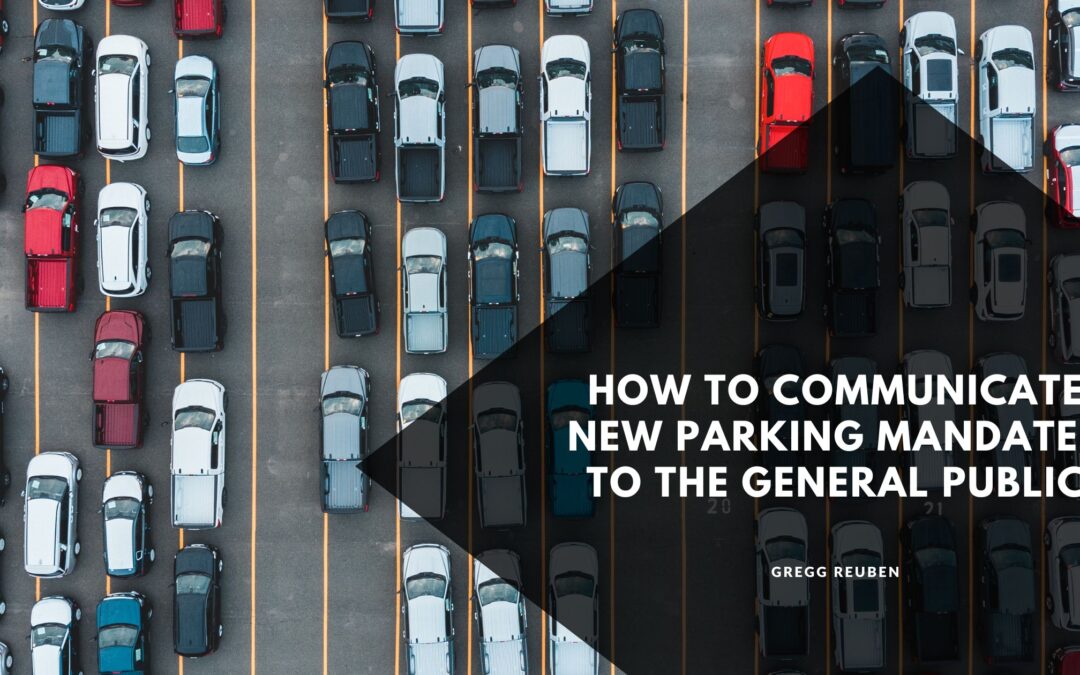Effectively communicating new parking mandates to the public requires clarity, transparency, and strategic outreach. Whether it’s due to updates in city regulations, increased parking fees, or changes in restricted zones, keeping the public informed helps avoid confusion, complaints, and compliance issues. Below are some strategies to ensure a smooth transition when introducing new parking mandates.
1. Define and Simplify the Message
Before reaching out to the public, carefully define the new mandates and why they’re necessary. Communicate the purpose behind the change, whether it’s due to safety concerns, environmental goals, or urban development projects. To make the information digestible, break down the new rules into clear, concise bullet points or graphics that highlight key points such as:
- New fees, fines, or hours of operation.
- Areas affected, like neighborhoods or specific streets.
- Consequences for non-compliance.
Simplified communication reduces misunderstandings and makes it easier for people to know exactly what’s expected.
2. Use Multi-Channel Communication
Relying on one communication method is rarely effective in reaching the entire community. Use a mix of traditional and digital channels to maximize reach:
- City Website and Social Media: Post regular updates on the city’s official website and social media channels. Visual aids, such as infographics and maps, make the information more engaging and accessible.
- Email and SMS Alerts: Residents who’ve opted into city alerts can send direct notifications via email or SMS. Highlight significant points and provide a link for additional details.
- Local Media Outlets: Collaborate with local news stations, newspapers, and radio stations to spread the word. Press releases and interviews with city officials can help reinforce the message.
By distributing information across several platforms, you’ll increase the likelihood of reaching a diverse audience.
3. Engage Local Businesses and Community Leaders
Community leaders, local business owners, and neighborhood associations can be valuable allies in spreading information. Arrange briefings with them to explain the new mandates and the best ways to help educate their patrons. Local businesses can display posters or flyers, significantly if the mandates affect parking availability near their establishments. Leaders who share this information through trusted community networks can help build broader understanding and buy-in.
4. Leverage Visual Aids and Signage
Signage is one of the most effective tools for on-the-spot communication. Strategically place signs in affected areas and parking lots to alert residents and visitors to the new mandates. Ensure the signage is clear, legible, and multilingual to accommodate diverse communities. Additionally, temporary digital boards or banners should be used in high-traffic areas to inform drivers about updates.
5. Host Public Information Sessions
Open forums, whether in person or virtual, offer a space for residents to learn more about the changes and voice their concerns. Hosting Q&A sessions or town hall meetings allows officials to explain the new mandates in detail, answer questions, and address misunderstandings. This approach fosters a sense of transparency and shows that city officials are open to feedback, which can help minimize opposition to the changes.
6. Encourage Feedback and Provide Support
After implementing the new mandates, open channels for ongoing feedback. Set up a dedicated hotline, email, or online form where residents can voice concerns, ask questions, or report issues. Monitoring feedback helps identify any confusion or recurring issues and allows the city to improve its communication strategy.
Conclusion
Introducing new parking mandates doesn’t have to be a headache for officials or residents. By crafting a clear message, using multi-channel outreach, and engaging the community, cities can facilitate a smooth transition and encourage compliance. Proactive, responsive, and empathetic communication will help build trust with the public and reduce resistance to the changes.

